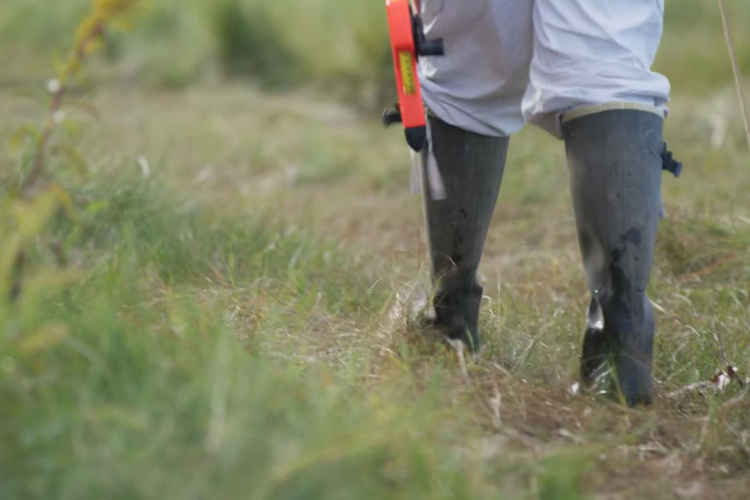liquidsquid
Senior Member
Honestly, I really wanted to get a full-frame Sony, but it was way out of my budget to get a fast zoom and the body I would have liked. I decided to stick with m4/3 and glad I did!
Granted, this is image nothing particularly special, but what is special is using the G9 for this sort of photography. The GH-2 was a challenge, the G9, it is easy.
What make the G9 special for this shots?
1. Auto-dimming viewfinder. GH-2 would blind me.
2. Night mode (red). Combined with #1, is great!
3. Gain up the viewfinder!!! This is particularly awesome. I was able to manually focus in near darkness on a manual lens.
4. A few stops less noise than the GH-2 in these scenarios. I took the image at ISO200, and then was able to apply 3-5 stops exposure compensation on images before the noise was distracting. Easily as good a the best ASPC sensors from just a few years ago.
5. Better noise characteristics. More like film grain, less like splotchy color noise.
6. Hot pixels, still there, but smaller due to more resolution so a downsize can retain more resolution and average out those pesky pixels.
7. Easily found modes in the dark, button and knob layout is excellent.
Only modifications below? Exposure compensation and a little crop for appeal. 50mm F1.4 @F2.8 Minolta adapted lens from ~1975 or so. It does a nice job with slightly blurring highlights so the fireflies can be seen better.
Intentionally left darker for effect. Should view in a darkened room.

Note the two species. Also note that 12 years ago, there would have bee 10x as many of them in our back yard. Big declines, and nobody knows why.
--
My pictures...
{Whoops, dead link!}
Granted, this is image nothing particularly special, but what is special is using the G9 for this sort of photography. The GH-2 was a challenge, the G9, it is easy.
What make the G9 special for this shots?
1. Auto-dimming viewfinder. GH-2 would blind me.
2. Night mode (red). Combined with #1, is great!
3. Gain up the viewfinder!!! This is particularly awesome. I was able to manually focus in near darkness on a manual lens.
4. A few stops less noise than the GH-2 in these scenarios. I took the image at ISO200, and then was able to apply 3-5 stops exposure compensation on images before the noise was distracting. Easily as good a the best ASPC sensors from just a few years ago.
5. Better noise characteristics. More like film grain, less like splotchy color noise.
6. Hot pixels, still there, but smaller due to more resolution so a downsize can retain more resolution and average out those pesky pixels.
7. Easily found modes in the dark, button and knob layout is excellent.
Only modifications below? Exposure compensation and a little crop for appeal. 50mm F1.4 @F2.8 Minolta adapted lens from ~1975 or so. It does a nice job with slightly blurring highlights so the fireflies can be seen better.
Intentionally left darker for effect. Should view in a darkened room.

Note the two species. Also note that 12 years ago, there would have bee 10x as many of them in our back yard. Big declines, and nobody knows why.
--
My pictures...
{Whoops, dead link!}
Last edited:


